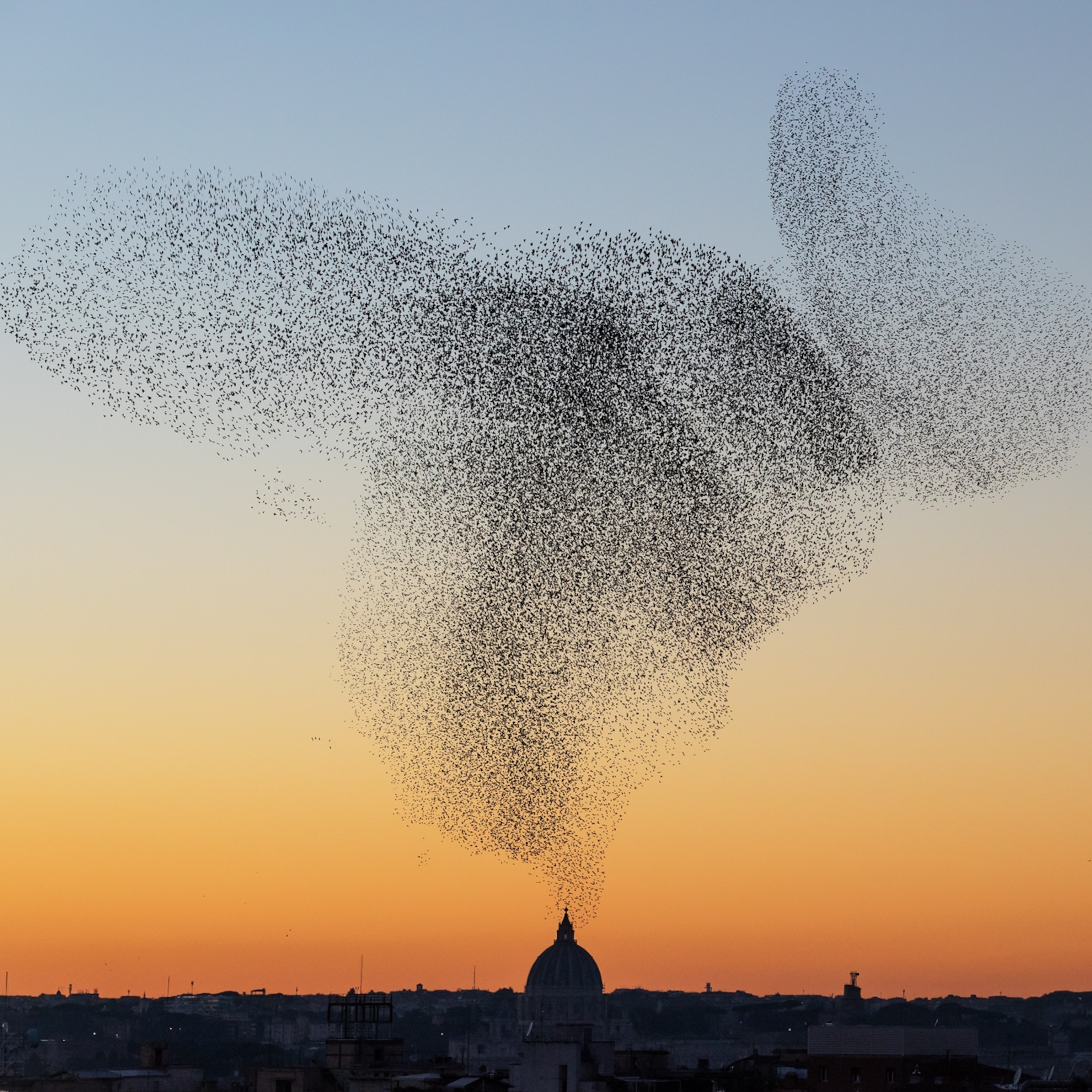
An awkward bird symbolizes the fight over America's West
The plight of the goofy, not-so-smart sage grouse is a reflection of the tense debate about how to balance land use and preservation.
Well before dawn, near the Little Snake River in southern Wyoming, Pat and Sharon O’Toole’s pickup bounces up a broad, sage-covered valley, where the family has run livestock for five generations.
Pat turns off the headlights and rolls toward a clearing. Under a moon that’s just past full, we make out dozens of white dots, hopping up and down on the dark plain. The sage grouse have been dancing all night.
As the morning light grows over the eastern mountains, the outlandish mating ritual comes into view. The knee-high males strut around, puffing their white-feathered chests and splaying their tails. They chase one another and spar in a flurry of beating wings, heaving chests, and loud thunking. Meanwhile the females—smaller birds with brindled gray feathers that blend with sage and soil—stand around looking bored. It’s a ridiculous spectacle, and the human analogies are inescapable: singles bar, Venice Beach boardwalk, Senate hearing.
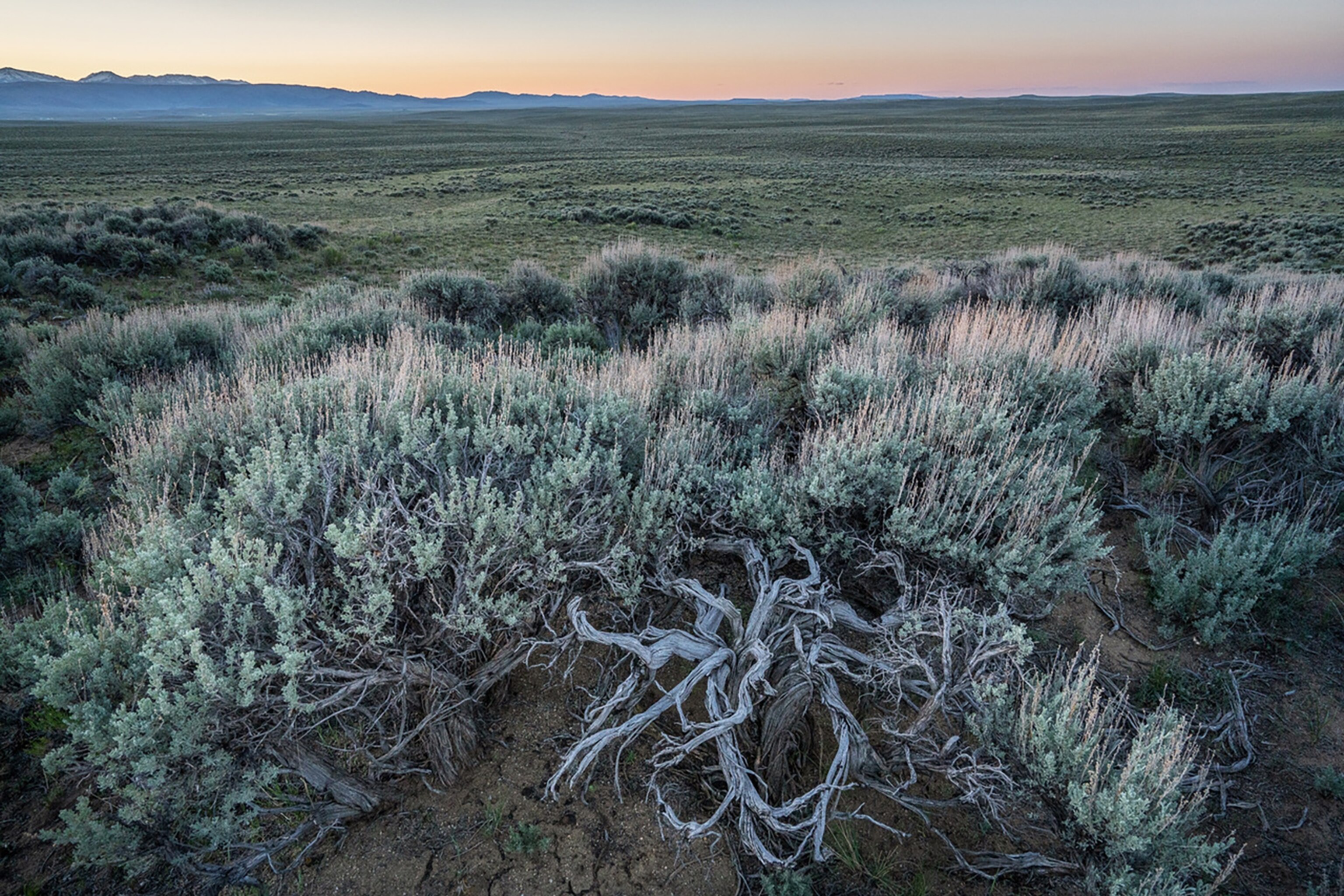
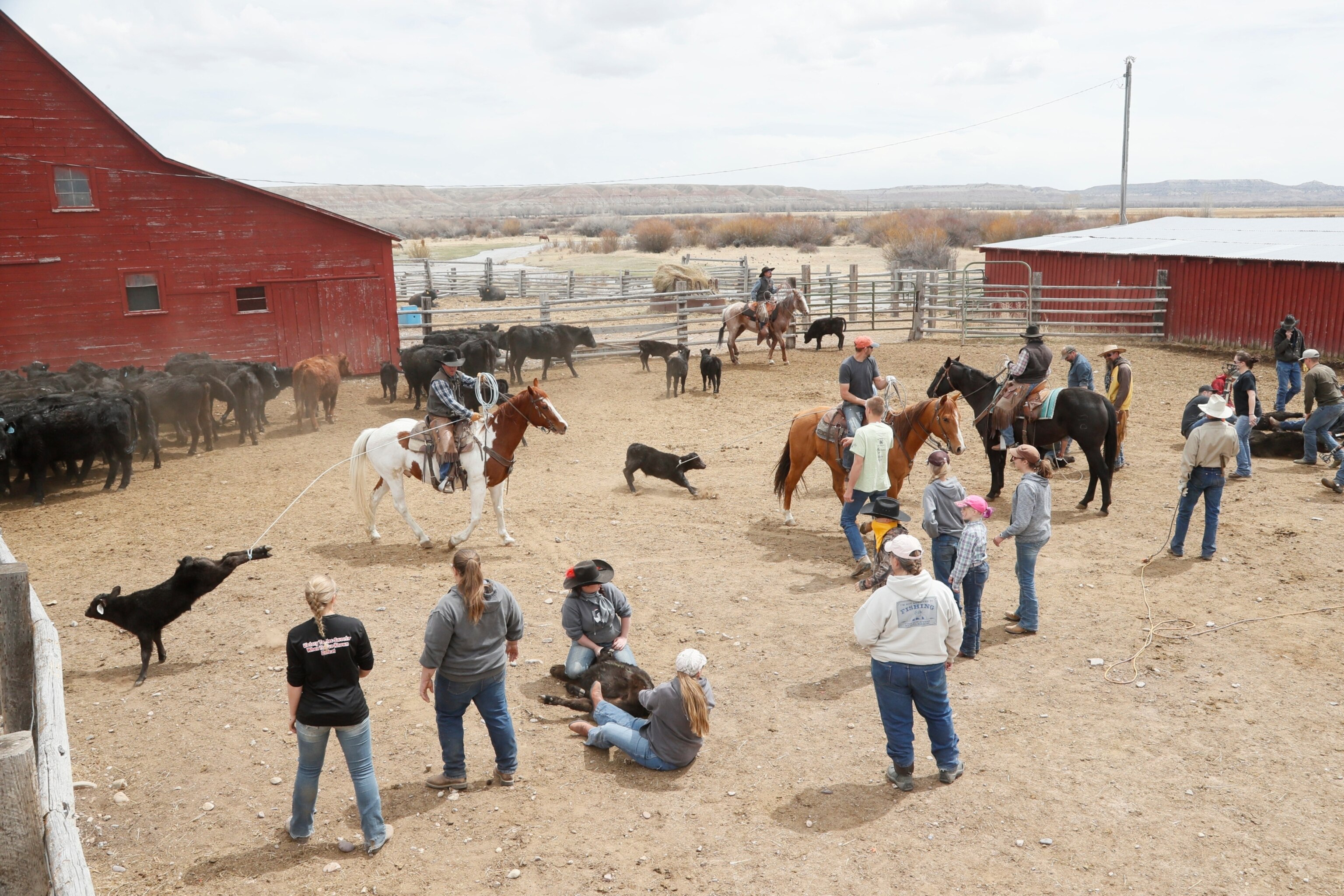
The greater sage grouse is “unquestionably the most comical-looking bird I have ever seen,” ornithologist Charles Bendire noted in 1877. Back then there were millions of sage grouse across the American West. Native peoples and Anglo settlers alike hunted them for feathers and food. Camping in one Wyoming valley in the 1880s, naturalist George Bird Grinnell found it so crammed with grouse that it became a “moving mass of gray.”
Such scenes are hard to find today. Less than 10 percent of the bird’s original population remains, about half a million birds scattered across 11 western states and two Canadian provinces. Sage grouse need undisturbed sagebrush; the tough, drought-resistant shrub feeds the birds, especially in winter, and shelters them and their nests. But sagebrush is in retreat everywhere. Massive overgrazing a century ago cleared the way for invasive grasses that now fuel devastating fires in the western part of the bird’s range. Roads and subdivisions, transmission lines, farms, gas fields, and wind turbines—all disrupt what was once an unbroken sea of sage.
Preserving sagebrush for grouse would help other animals that depend on the same habitat, such as pronghorn, mule deer, pygmy rabbits, and burrowing owls. But it might prove costly to ranchers, miners, oil and gas developers, and real estate brokers. In 2015 then President Barack Obama’s administration brokered what it hailed as a historic collaboration among those competing interests. Now President Donald Trump’s administration is weakening provisions that steered oil and gas drilling away from areas that had been reserved for sage grouse.
It’s the age-old battle between those who want to preserve western lands and those who want to extract a living from them—only in this case, the burden falls on a comical, knee-high bird. As the sage grouse goes, so goes the West.
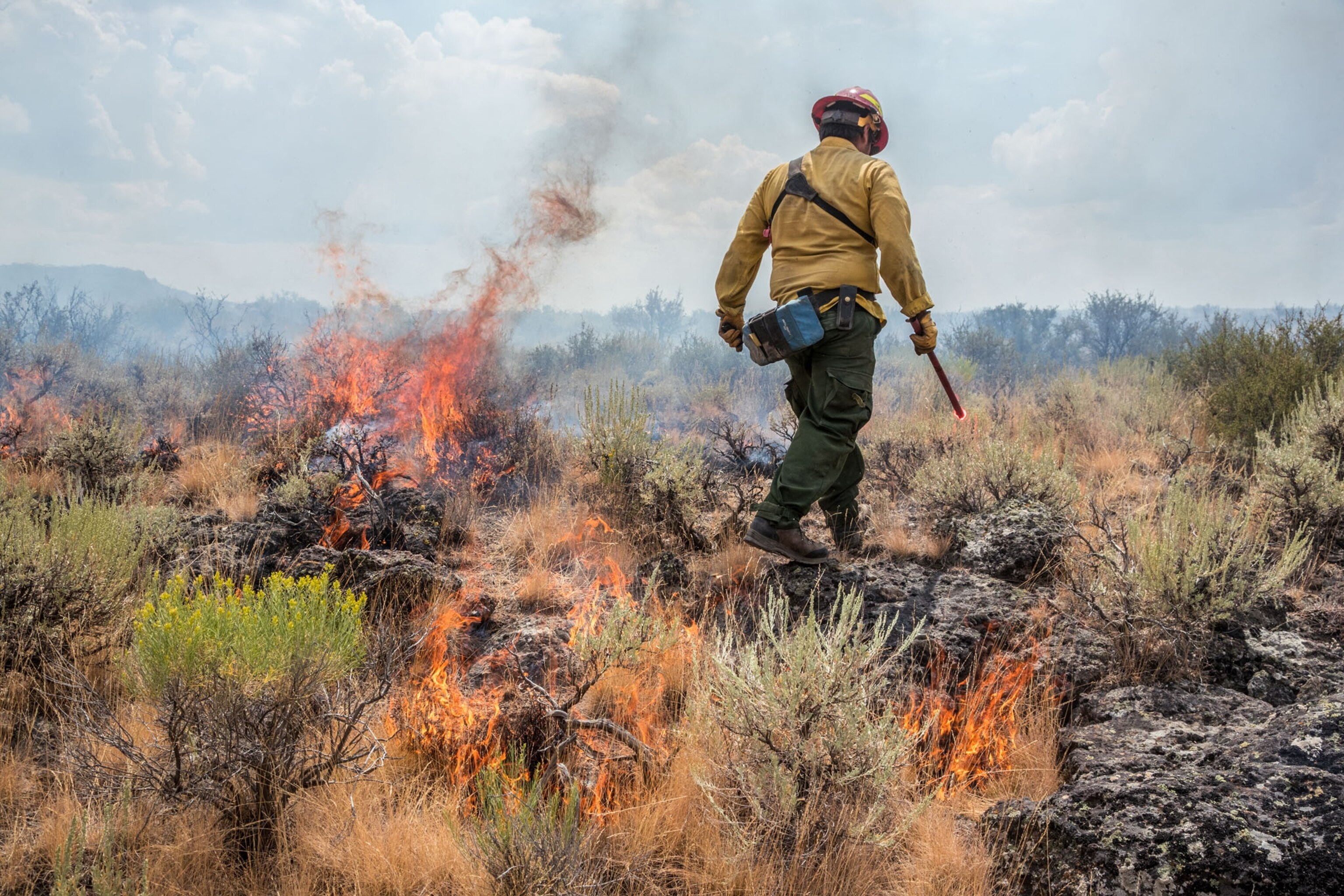
One of the biggest factors in the grouse’s decline these days may be the astonishing increase in natural gas production in places such as the Green River Basin, south of Pinedale, Wyoming. In 1984, when biologist John Dahlke first visited, the basin contained sagebrush, a few fence posts, some two-track roads, and not much else—except the largest known winter concentration of sage grouse. They would lift from the sage in lumbering waves, Dahlke recalls: “The sky was full of them, bumping into each other, falling down.”
That basin is now home to one of the most productive gas fields in the region. Called the Jonah Field, it’s crisscrossed with roads and cluttered with chugging, groaning infrastructure: gas wells, drill rigs, pipelines, sage-camouflaged service huts. Nearly all of that is on federal land.
“It happened stunningly fast,” says Dahlke, who works as a wildlife consultant in Pinedale. “From absolutely silent, just the wind or the hiss of snowfall hitting the ground, to an industrialized landscape.”
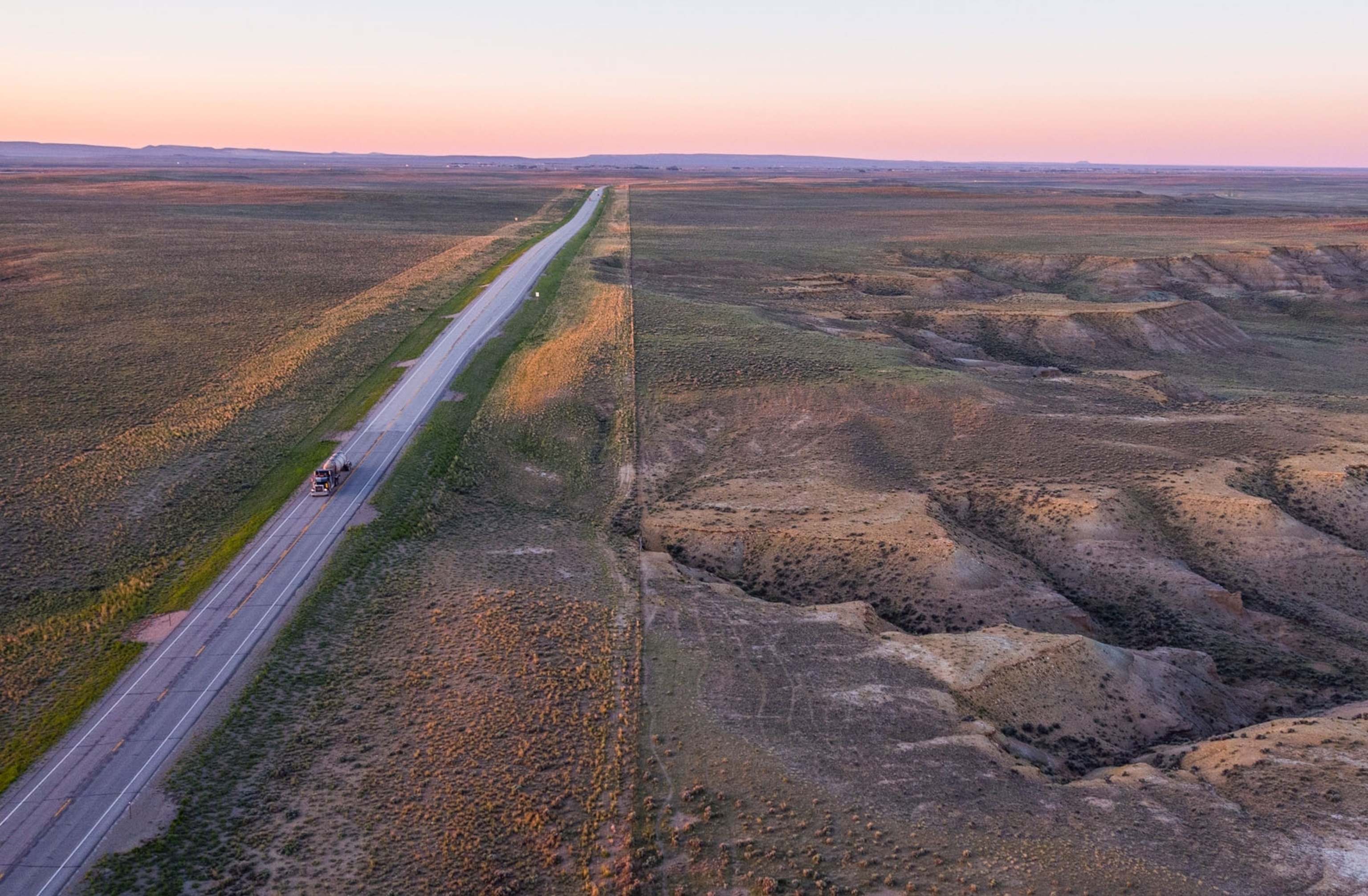
The breakneck change has proved particularly hard on sage grouse because of their fidelity to ancestral mating and nesting grounds. Males return each spring to the same leks—clearings where they do their mating dances. Females usually nest within 500 yards or so of the previous year’s nest. Their chicks settle nearby.
“Sage grouse are very poor pioneers,” Dahlke says. Rather than set off for better habitat—which is more and more limited—they dance doggedly on and nest among the bulldozers and flaring gas wells. Most birds survive in the short term, Dahlke says, but “incremental impacts” take their toll. The number of leks has dwindled. “The enormous winter flocks are now gone from the Jonah Field,” Dahlke says. “They are gone.”
Only in the early 1990s did scientists start to realize the extent of the sage grouse’s decline across the West. In 1999 conservation groups filed the first petition requesting that the bird be protected under the Endangered Species Act. But for years the federal government, hamstrung by tight budgets and pressure from business interests, put off a reckoning. Listing sage grouse as endangered would sharply limit economic activity on the 173 million acres of public, state, and private land where sage grouse live.
But the threat of a listing motivated states to take action. In 2007 Wyoming, which houses more than a third of the remaining sage grouse and has an economy that depends on fossil fuel extraction, brought together a broad coalition—ranchers, industry representatives, conservation groups, land managers, and politicians—to create a policy to halt the bird’s decline.
“We battled it out mightily,” says Paul Ulrich, director of government affairs at Jonah Energy, which operates on the Jonah Field. “And then we put our interests aside and asked, ‘What is best for Wyoming?’ ”
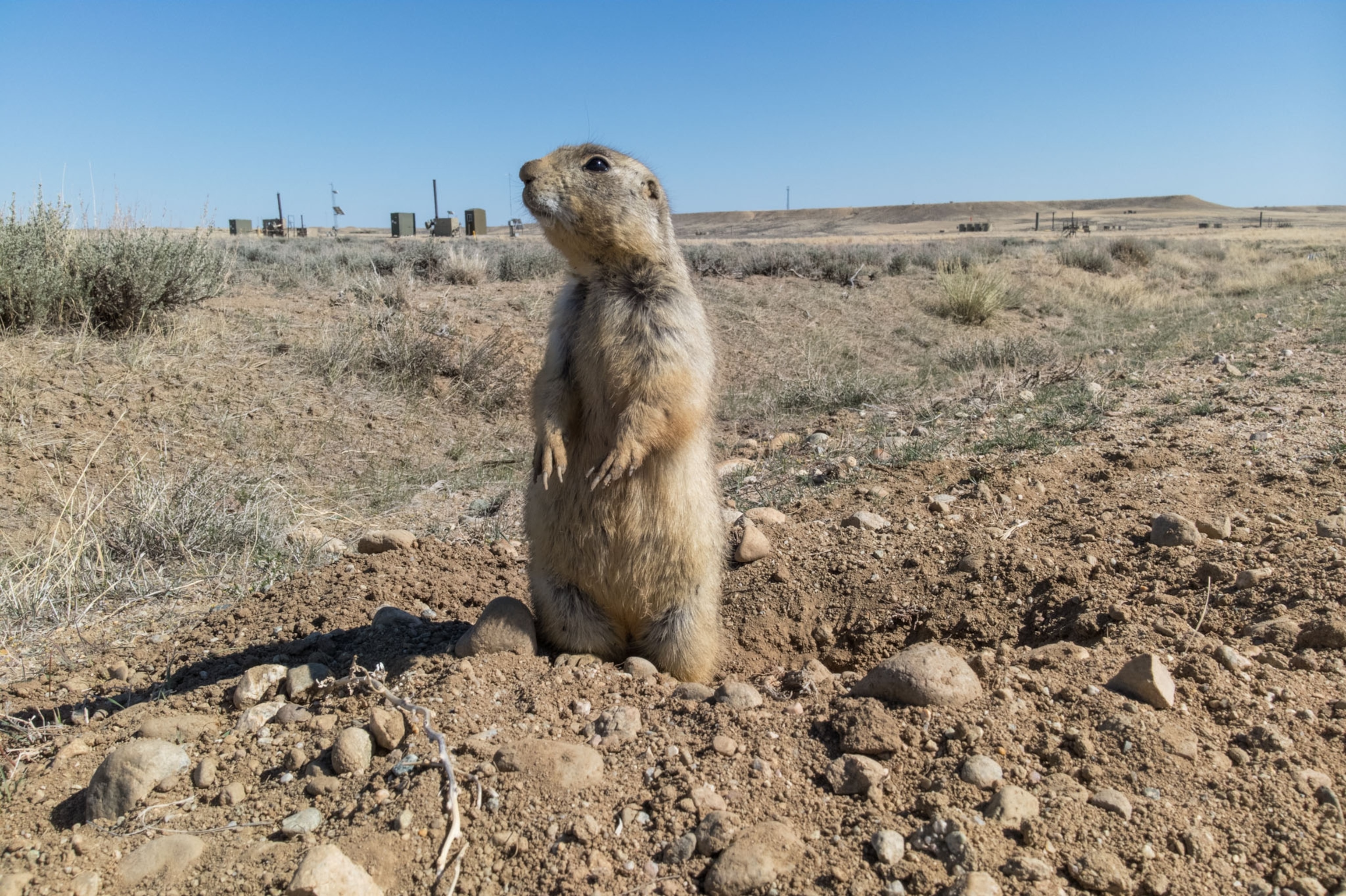
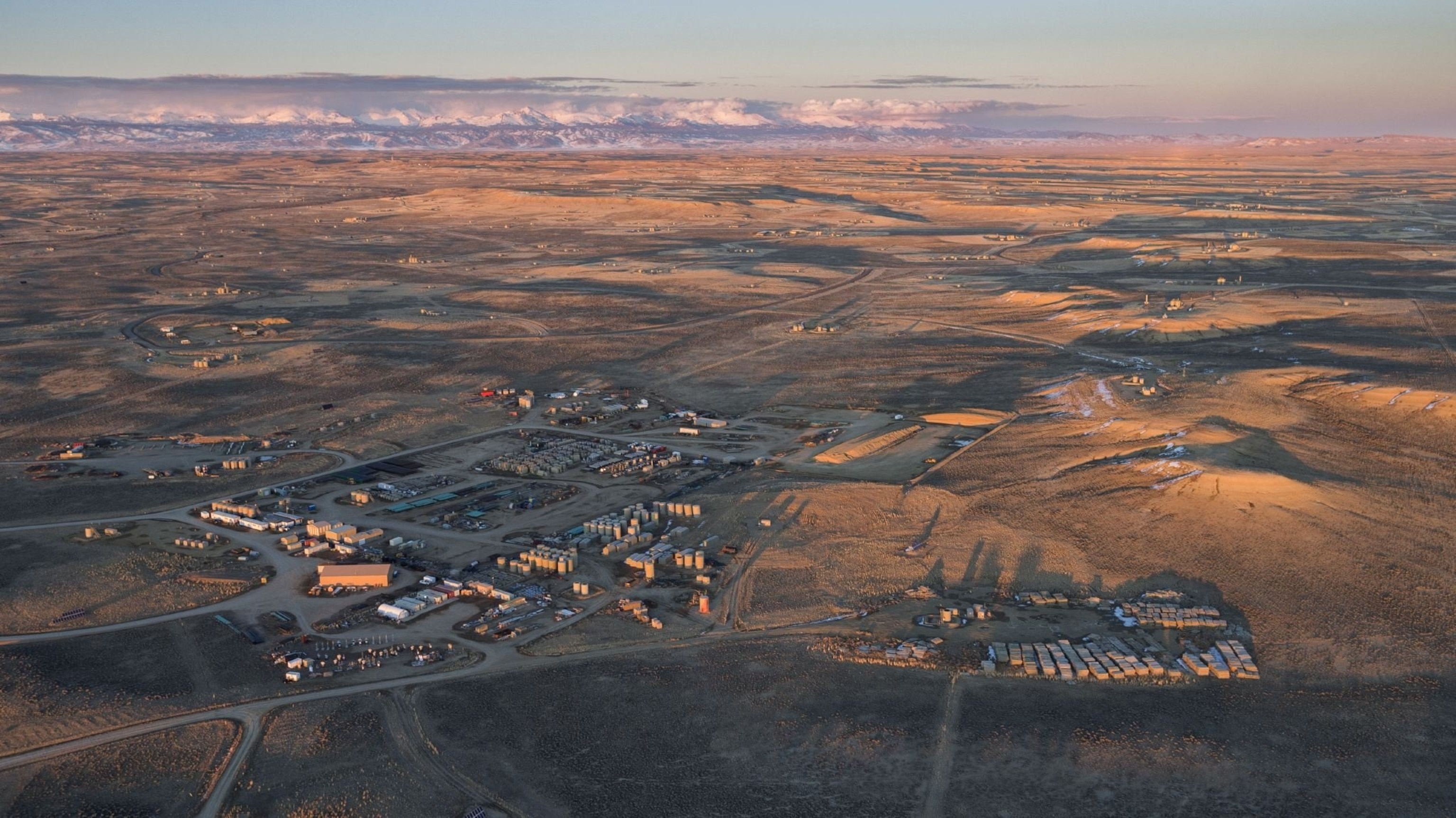
The group ultimately agreed to limit any development and restore disturbed areas within “core” grouse habitat—not including the Jonah Field, where the grouse population was already diminished—while allowing more intensive development elsewhere.
The Obama administration’s $60 million federal plan was modeled on Wyoming’s. No faction got everything it wanted. But, Ulrich says, “it’s demonstrably working.” Industry got certainty: The administration promised it wouldn’t list sage grouse as endangered. Conservationists, says Brian Rutledge of the Audubon Society, got limits on development in important habitat. “Do we have issues?” Rutledge asks. “Of course. But we set standards and are measuring impacts. To me this is the future of conservation.”
Not everyone agreed. Groups on left and right filed suit, arguing, respectively, that the plan would not adequately protect grouse or that the restrictions were “draconian.” “The certainty of not being able to develop is not the kind of certainty we want,” says Kathleen Sgamma of Western Energy Alliance, an industry group.
The Trump administration agrees: For the sake of energy independence and not “destroying local communities,” as Interior Secretary Ryan Zinke put it, the Bureau of Land Management has proposed lifting some restrictions on development in key sage grouse habitat. Under another proposed policy, which could affect many species, the administration would allow regulators to consider not only the science but also the economic impact of listing species as endangered.
On the O’Toole ranch, the sage grouse dance ends without romance. The females lurking on the edge of the lek finally choose. Most mate with the same male. A female turns and arches her wings, and the deed is done in a matter of seconds. The sun climbs higher, and the birds scatter back into the brush.
Before the endangered species petitions, Pat O’Toole says, “we never paid much attention to sage grouse. They were just part of the landscape, like deer.” He participated in the state and federal negotiations and is generally happy with the results. The federal plan made funds available to maintain habitat both for the grouse and for his livestock. This particular area, which will serve as a lambing ground later in the spring, is home to six grouse leks and countless other creatures—pronghorn, mule deer, bald and golden eagles. “It’s an intact system,” Pat says.
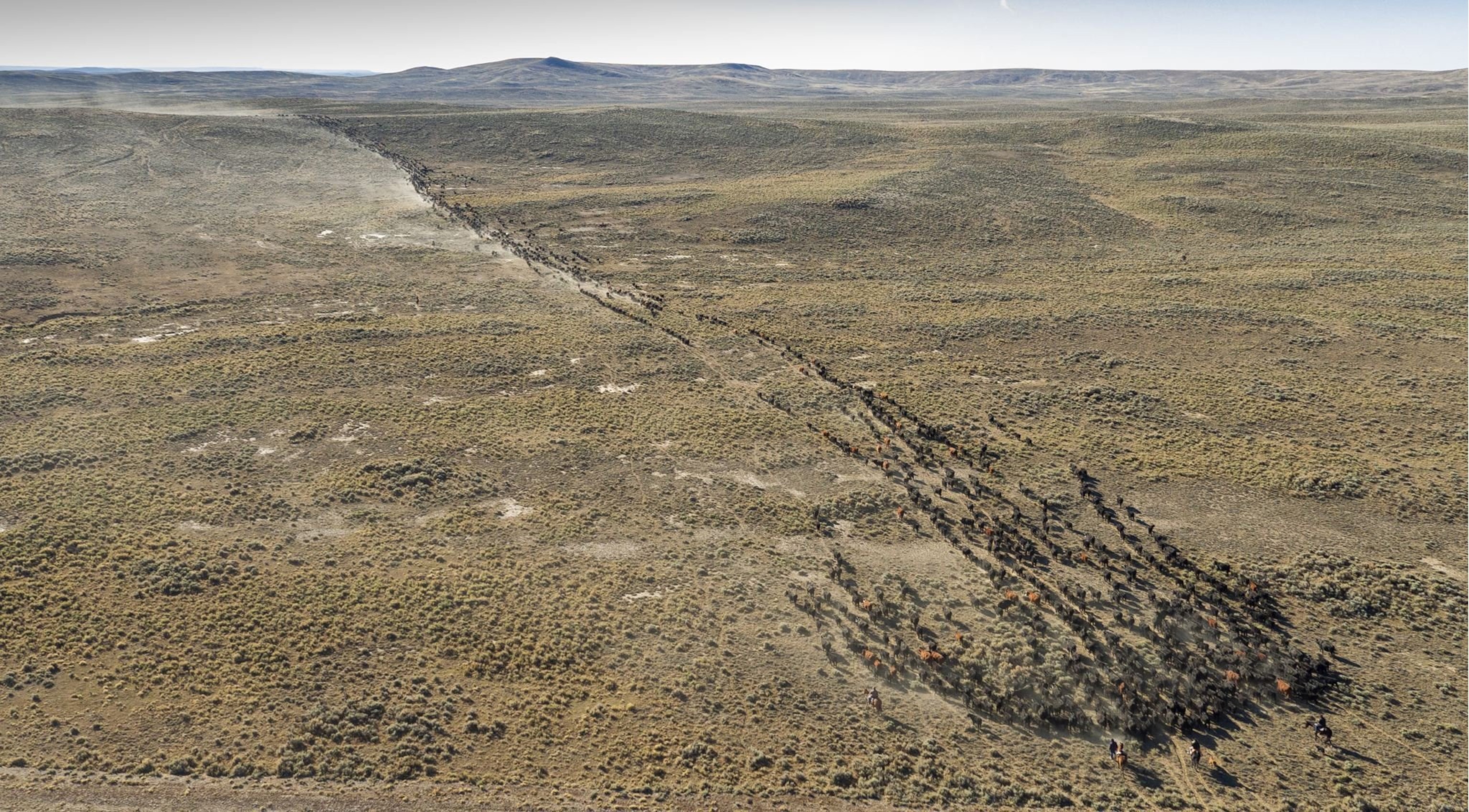
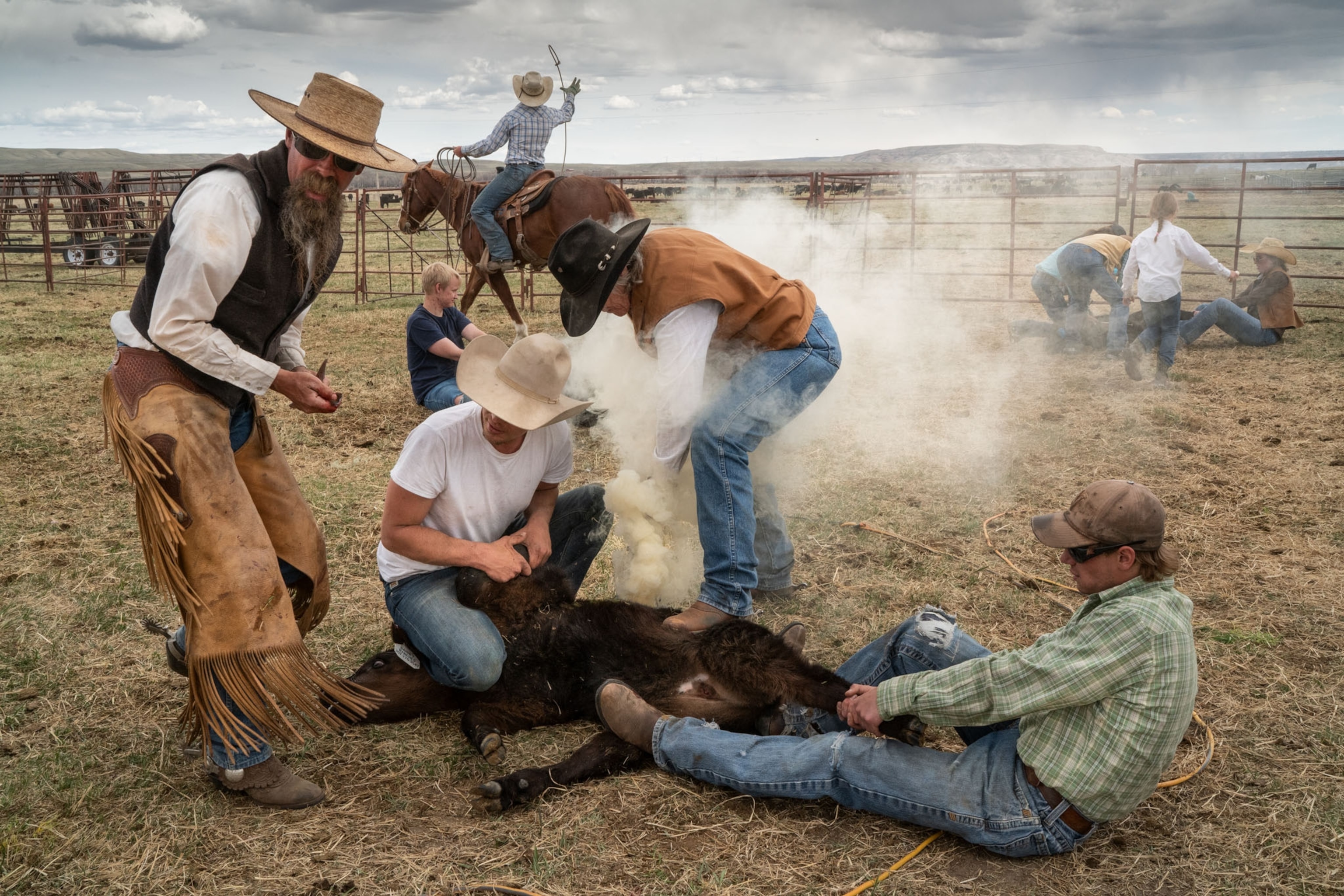
There are species—such as ravens, which now use oil rigs as perches to prey on sage grouse—that manage to flourish when their environment shifts. Sage grouse are not among them. They are supremely evolved to live in the harsh, silent American steppe, but they are birds of little brain. “They’re not smart at all,” Sharon O’Toole says. They run into fences, stand in the middle of busy roads.
Humans, like ravens, are more adaptable. We can learn to do things differently. That’s what Audubon’s Rutledge believes: That we can alter the behaviors that trap us in time-worn conflict and chest-puffing displays of political dominance in the West. He hopes that collaboration on sage grouse, if allowed to work, will provide a template for other conservation efforts.
“Everyone says you can’t change this,” he says. “And if I’m rational, probably not. But I don’t think it’s any excuse not to try.”



